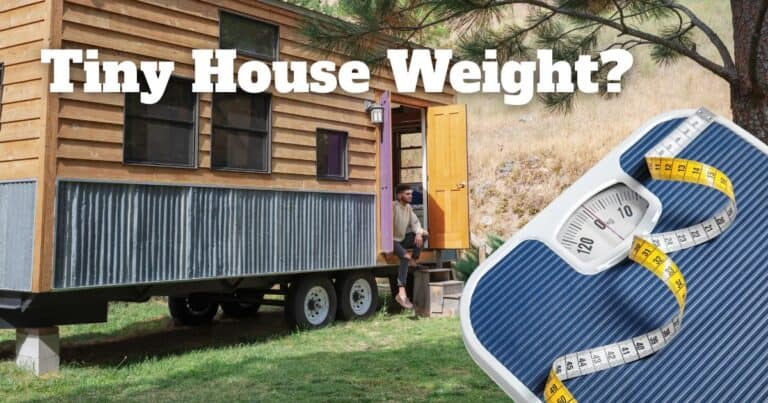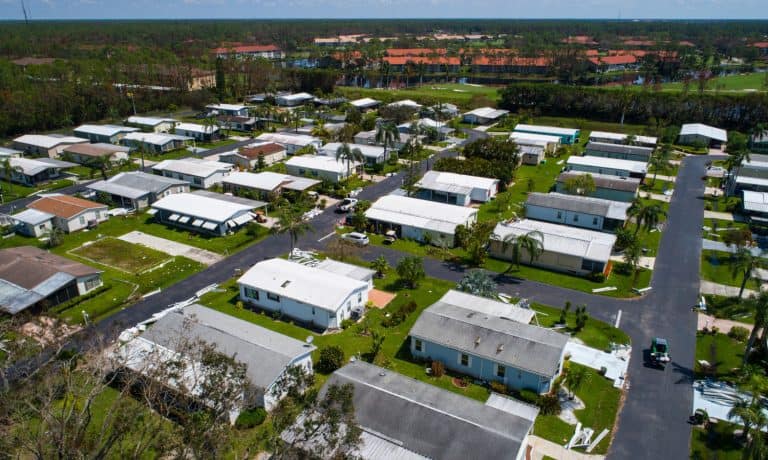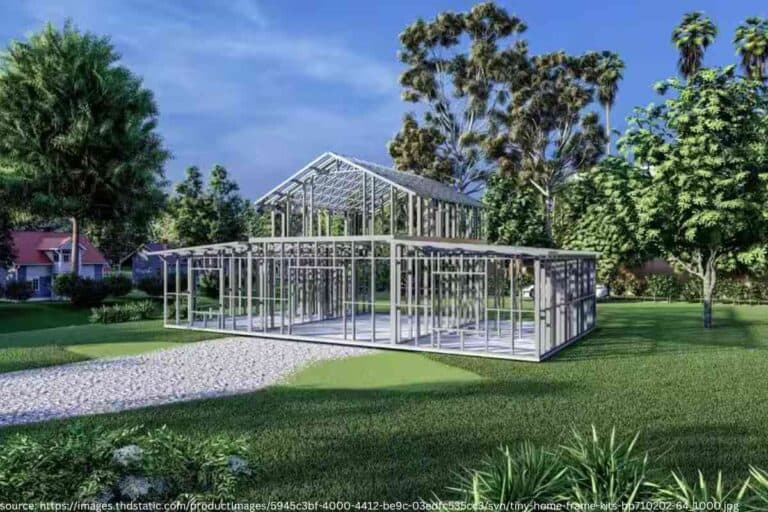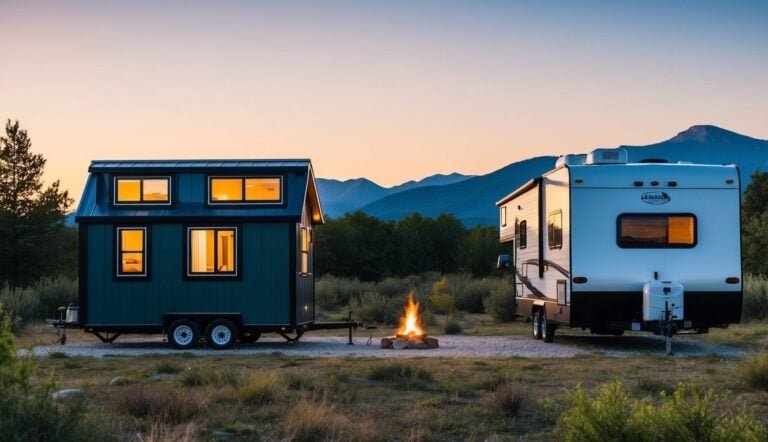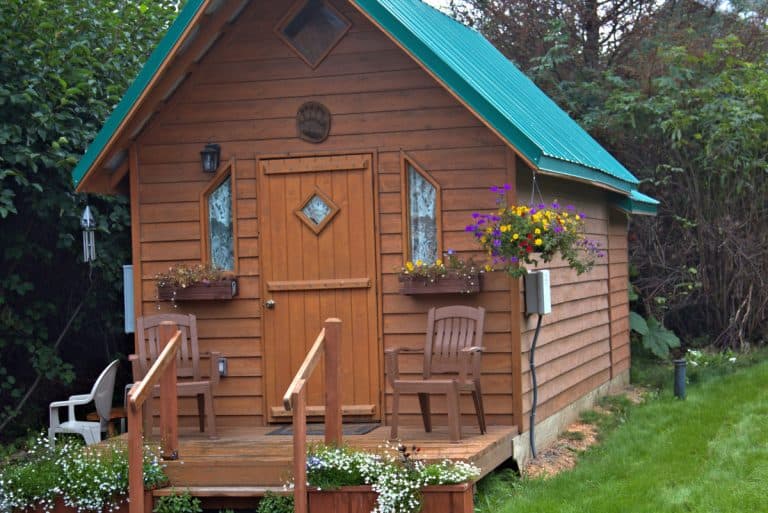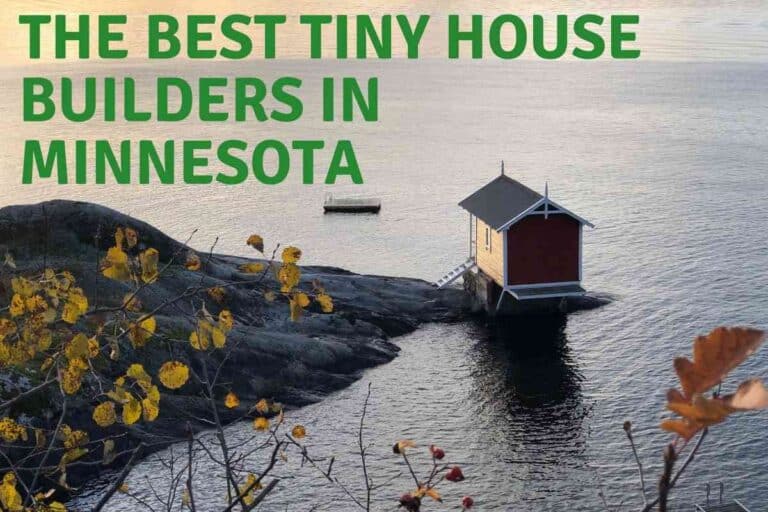Who Can Build a Tiny House?
Tiny houses have gotten very popular in the last decade. Perhaps partly caused by the 2009 financial crisis and the subsequent need for many to downsize, but perhaps also because of an emerging anti-consumerist culture: why pay for and maintain a 2,500 square foot home if all you really need is 400? But can you just build a tiny house, or do you have to be a professional builder?
Luckily, a tiny house does not have to be a complicated structure.
Anyone can build a tiny house. There are no restrictions on who can build a home, provided building codes are followed. The only limitations depend on your skills and willingness to learn.
Sounds easy, right? Of course, even a small building has to be constructed right, and you may want to outsource certain tasks. So let’s dig a little deeper.
Can I Build a Tiny Home?
Yes, you absolutely can build your own tiny house. Thousands of people have done so – many with little to no prior construction experience.
In most cases, time and motivation is your only real limitation. And if you have to learn it all from scratch, it will take much longer to build than if you already are an experienced builder. But even complete beginners can build a tiny house, provided they take the time and effort to learn.
However, many people have a hectic schedule with kids or a demanding job, or a time-consuming sport. In which case, it may well be worth it to pay others to do some, most, or all of the work. Not everyone has to build their own home, and there is nothing wrong with prioritizing other things in life.
What Skills Do I Need to Build My Own Tiny House?
To build a tiny house, you will need to be somewhat of a jack of all trades. You don’t have to be an expert by any means, but you will know a lot more than you did before then by the end of the construction period.
Luckily, the internet has made it very easy to learn almost anything, including subjects that previously required taking an apprenticeship. Below are the skills that you should look into if you want to build your own tiny house.
Home Planning
Designing the home is probably the part of the process that most people will want to do or at least get heavily involved in.
Designing your tiny house involved considerations surrounding your needs and wants: How much space should your home have? Should there be a kitchen, or can you live without it? Should it be on a trailer, or do you prefer a fixed location and a sturdy foundation, etc., etc.
When you know your needs, you can start drawing the blueprint and floor plan. This is not difficult but will take time and learning. Designing a tiny house does not necessarily require professional architects and engineers, provided you do your own research throughout.
You may want to consult with a structural engineer if you plan on building something that is a little out of the ordinary, and if you are new to construction, you may want to search the web for (free or paid) plans. Designing a solid tiny house is not difficult, but focussing on structural integrity is imperative.
Carpentry
You will likely be spending most of your time doing carpentry of one kind or another. Including roofing, walls, interior and exterior trimming, flooring, etc.
Since carpentry is such a big part of building a tiny home, you may want to learn all you can about this part and perhaps outsource some of the other tasks. This will save you the most money as you won’t have to pay a carpenter for hours and hours of work.
Another benefit of doing the carpentry yourself is that you will know how your tiny house is built and be able to fix most issues that will arise.
Welding
Most tiny houses will require some welding work. This is limited to a few structural elements and perhaps connecting it to a trailer in most cases.
Welding can be learned, but it is not easy to do it nicely, and it requires some specialized equipment. If you prefer to do the metalwork yourself, you may have to either spend a lot of time practicing or design your home in such a way that the welds are not visible.
Considering the steep learning curve and the often limited need for welding, you may want to hire a professional for the task. However, there is a certain joy to do your own metalwork.
Foundation
Some tiny houses are placed on a trailer; others are on foundations. While a house on a trailer is much easier to move, a foundation allows you to build it a little bigger and in other shapes than rectangular.
Foundation work can be complicated when it’s made to hold a heavy structure, but for tiny houses, this is fairly straight forward.
What Should I Outsource?
This depends a lot on your skills and the local regulations. Often you can do most things yourself as long as it is inspected by a professional or the county afterward. If in doubt about what you can legally do, you can contact your county’s permit center for details.
Electricity
Electricity requires expertise as a short circuit can cause a fire. Improperly made electrical installations can also cause potentially deadly shocks to people or animals. Not to mention the risks involved in the electrical work itself.
Unless you already know what you are doing, don’t rely on YouTube videos for this sort of work. Instead, consult with an electrician and ask him to either do the work or help you do it the right way.
Alternatively, you can wire your home with 12 volt DC power rather than the standard 120-volt AC. 12 volt is not a significant shock hazard and generally much safer to work with. It’s also easier and more affordable to set up a small 12-volt system with batteries and solar power as you can use ordinary boat batteries and affordable panels.
You can easily light a tiny home with 12-volt power. Most household appliances run on 120 volts, but you can also find many 12-volt appliances made for boating, camping, etc. Those are often smaller and more suitable for a tiny home.
Plumbing
While plumbing is not as dangerous to work on, it can cause other issues if done incorrectly. A leaking connection can quickly lead to black mold and damaged wood, potentially undermining your home’s structural integrity and/or lead to a toxic environment caused by mold spores.
Not to mention the risk of a high water bill if your pipes are leaking.
Prophane and Wood Stove
Many container homes are heated with propane gas as it is affordable, easy to use, and is easy to manage. A small propane heating system also takes up very little space.
But whether you install it yourself or hire a professional, it’s crucial to do it right to avoid gas leaks. Not only is propane gas asphyxiating, but it is also highly flammable and should be installed correctly.
Whether you do it yourself or hire a professional, it’s recommended to keep a propane gas detector in your home.
Small wood stoves are also a very popular supplementary heat in tiny houses. Wood stoves provide a very pleasant heat and are cheap to run if you have access to wood.
It’s not difficult to install a wood stove, but it will usually have to be inspected and approved by local authorities. If you decide to do it yourself, make sure the stove is installed according to the manufacturer’s recommendations to avoid damaging your home or causing a fire.
And make sure to always have a working smoke and carbon monoxide detector, if you use a woodstove.
Who Can Build a Tiny House for Me?
Perhaps you feel you don’t have the skills to do most of the fork yourself. Or you just don’t have the time. In which case, many companies will do the entire process for you, from the design stage to delivery and everything in between.
Paying builders to build your tiny house will cost a great deal more than doing it yourself. This is primarily because you add a skilled middleman to do the work. They will generally use new materials or buy recycled materials from their usual supplies, which may or may not be the cheapest.
Most builders will not scour the region for cheap or free materials. That’s not their expertise, and you probably wouldn’t want them to, either, as you would have to pay for the added time. But you could potentially do that yourself in order to save some money.

